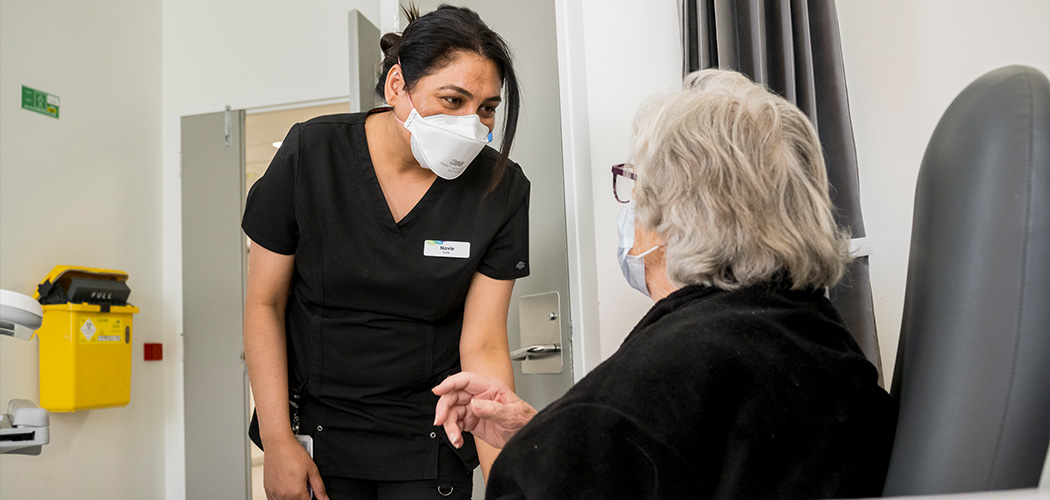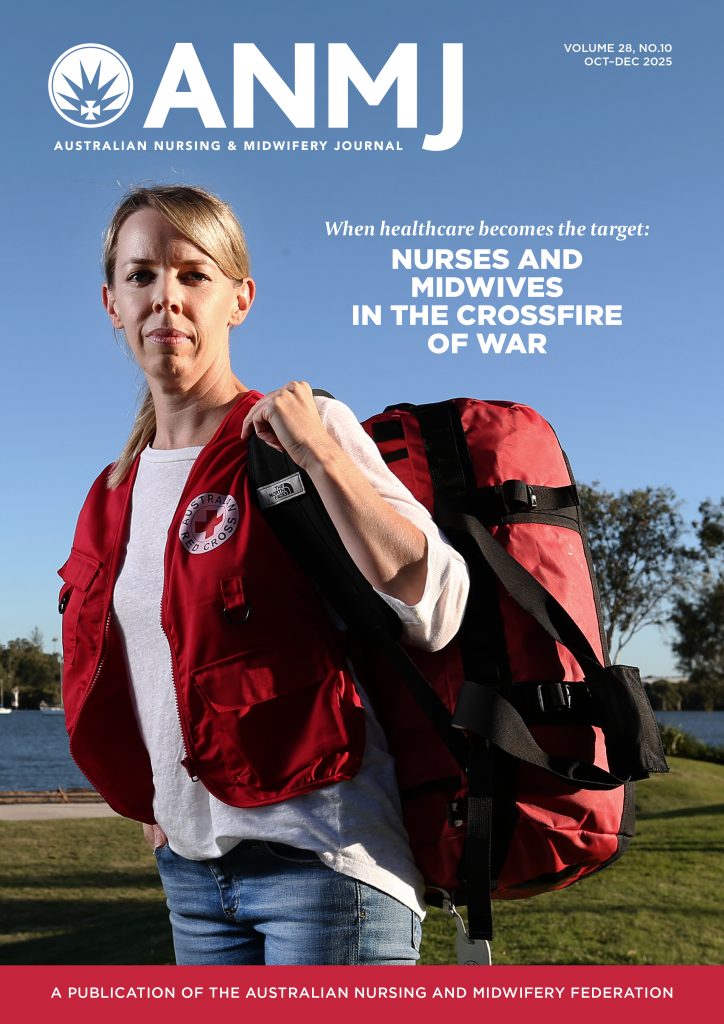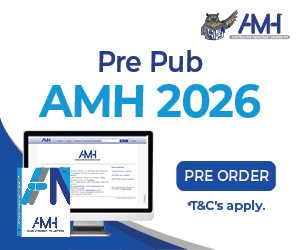The Australian Nursing and Midwifery Federation (ANMF) is focused on driving meaningful change in 2025 to ensure better conditions for nurses, midwives, carers, students and to meet the health and aged care needs of the community
Recognising the critical milestones we have already achieved like wage increases and mandated care minutes, we know progress is possible.
The ANMF’s vision is to prioritise reforms that support recruitment and retention, empower nurses and midwives to work to their full scope of practice to ensure accessible and affordable healthcare, and deliver improved outcomes for women.
While we celebrated the 40th anniversary of Medicare in 2024 commemorating the advent of universal healthcare in this country, there are many Australians for who accessible and affordable healthcare remains out of reach.
Cost-of-living pressures, service availability, rising out-of-pocket costs, and reduced bulkbilling GPs are hurdles to accessible healthcare for many coming into 2025.
According to the Australian Bureau of Statistics, three in 10 Australians delayed or did not go to their GP, when they needed to, during the 2022-23 financial year. Twice as many Australians delayed or deferred seeing a GP because of cost in 2022-23, with 7% of people doing so, compared to 3.5% in 2021-22.
Historically nurses, midwives and other disciplines have been locked out of providing the full scope of primary health services as autonomous practitioners. Australian communities feel the result of this constraint due to a shortage of independent primary healthcare providers.
The federal government’s Unleashing the Potential of our Health Workforce – scope of practice review, has made several recommendations that will improve accessibility for health consumers. The ANMF has welcomed several key reforms including allowing nurse practitioners, remote area nurses and endorsed midwives, to make direct referrals for a wider range of procedures and services with MBS rebates.
The ANMF also supports the recommendation for a new ‘bundled’ payment for maternity services, including midwifery continuity of care models, traditional midwife plus medically led models, or GP shared care models.
The proposed payment model would enable the maternity care team to work to their full scope when they practice across different parts of the healthcare system, which currently operates under separate funding arrangements, and hence reduce inefficiencies caused by current MBS arrangements.
The government has introduced several new Medicare rebates to better support nurses and midwives to provide the care Australians need. Working in primary care is now more viable for nurse practitioners. The 30% increase in the MBS rebate has already impacted bulk billing rates, particularly for more vulnerable or disadvantaged people, improving access to primary healthcare.
“Nurses and midwives, who comprise the majority of the healthcare workforce, have the capacity, expertise, and education to vastly improve health equity and access for people living in all areas of Australia,” said ANMF Federal Secretary Annie Butler.
Similarly, the removal of collaborative arrangements for nurse practitioners and endorsed midwives will improve access to services for those accessing their care, particularly in rural, regional and remote areas where access to GP services is limited. This provides equitable choice and access to PBS and MBS funded care where there are significant gaps in health access and outcomes.
“Many of the recommendations align with the ANMF’s draft policies and submissions for the introduction of innovative multidisciplined and nurse-and-midwife-led models of care. We now look forward to working with the Albanese Government, other nursing and midwifery peak organisations and key stakeholders to deliver these reforms in 2025,” said Ms Butler.
WINS
- Removal of collaborative arrangements for nurse practitioners and endorsed midwives
- Scope of practice recommendations that support nurses and midwives working to scope of practice with funding models to support this
- New Medicare rebates for nurse practitioners
- New Medicare services for endorsed midwives pre- and post-natal
ASKS
- Realise the full value of using nurses and midwives
- Enable modern models of health delivery
- Embed evidence-based workforce decisions in Australia’s health system
- Fund nurse-led and midwifery-led models of care








